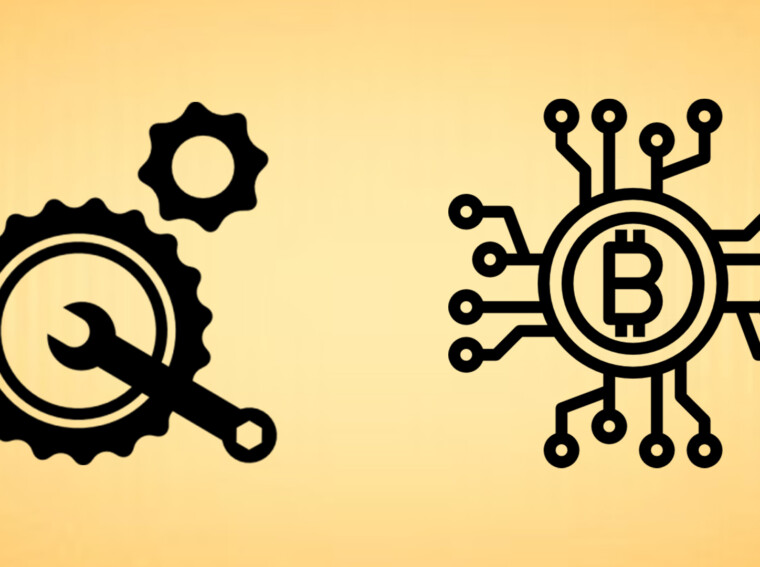- There are four main types of blockchain consensus mechanisms, among which proof of work and proof of stake are highly used.
- Different factors need to be considered before choosing a blockchain consensus mechanism.
- These include security, energy efficiency, decentralization, etc.
A consensus mechanism is the way a blockchain is processed. These are of different types, such as proof of stake, proof of work, delegated proof of stake, and proof of burn. Nine main factors need to be considered before choosing a consensus mechanism for a blockchain.
Types Of Consensus Mechanism
There are four main types of consensus mechanisms: proof of work, proof of burn, proof of stake, and delegated proof of stake. Proof of work and proof of stake are most highly used by blockchains.
Proof-of-work is the method of processing cryptocurrencies via mining. Proof-of-work was the first blockchain mechanism that users of a decentralized crypto network agreed with. The term was first coined by Markus Jakobsson and Ari Juels in 1999 and it was related to Bitcoin. It requires users to mine the crypto coins by solving computational puzzles.
Bitcoin is processed this way, and according to the proof of work supporters, this method is time-tested as well as straightforward. This method has become more popular and the level of difficulty in solving problems increases day by day. Miners use purpose-built devices known as ASICs to mine Bitcoin. It doesn’t rely on a single third party and monopolies can increase over time.
Proof-of-stake is the way of processing cryptocurrency through staking, which means getting the digital equivalent of interest on invested assets. Proof-of-stake users can participate in staking, and according to the interest system, rewards may be higher for those with a bigger investment. The roadblocks to getting started through this method are lower than for major cryptocurrencies with proof of work. Crypto exchanges and crypto wallets provide staking services but some providers may freeze their programs at the end. Ethereum started using proof of stake in 2022.
Both proof of work and proof of stake have their own places in the crypto world. But people still argue about their relative merits and flaws for years, and there is still no consensus on the comparison. Cryptocurrencies using proof of stake operate with lower environmental costs and relative stability but some critics believe that proof of stake makes it easy for people to concentrate power in a field that risks the decentralization of cryptocurrency.
However, there is also a risk in proof of work because if any person or group can control more than 50% of mining power, they can rewrite records. The consensus mechanism for the processing of crypto coins should be decided based on the type of cryptocurrency and investments. In this way, users collect network fees as their reward. It handles monopolies and power consumption. It was fully implemented first on Peercoin as a consensus model. There is no competition as a block creator and it is more efficient as per energy and cost considerations.
9 Factors To Consider Before Choosing A Blockchain Consensus Mechanism
The nine factors to consider before choosing a blockchain consensus mechanism are: network latency and performance
- Incentives
To recruit and keep network participants, incentives must be provided.
- Use case
The chosen consensus mechanism should be closely related to the blockchain’s intended use case.
- Decentralization
Decentralization is a fundamental principle of the blockchain. Different mechanisms influence the distribution of power throughout the network.
- Governance
Governance models can have a substantial impact on the development and decision-making of a blockchain.
- Scalability
In networks with high transaction volumes, blockchain scalability is critical.
- Energy efficiency
Energy efficiency is becoming increasingly important as environmental concerns grow.
- Security
Security entails not only preventing external attacks but also ensuring the network’s integrity.
- Integrity
A more energy-efficient mechanism can help improve sustainability while also lowering operational costs.
- Immutability of the chain
Different consensus mechanisms provide varying degrees of decentralization, and choosing the best one that aligns with the project’s goals and values is critical.
Conclusion
Proof-of-work and proof-of-stake are highly used consensus mechanisms among different blockchains. The factors that need to be considered before choosing a blockchain consensus mechanism include integrity of the chain, scalability, security, performance, use case, incentives, etc.

